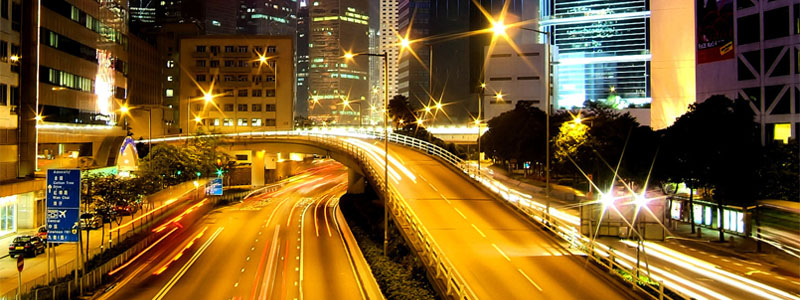Street Lighting Comparison
Introduced circa 1970, High-Pressure Sodium (HPS) lights have remained a popular street lighting solution. Despite their widespread usage, however, HPS lamps display numerous deficiencies, particularly when compared with newer lighting technologies.
HPS streetlights gained widespread acceptance solely for this reason: They generate the greatest amount of photopic illumination (visibility in well-lit environments) while minimizing power consumption. Unfortunately, when it comes to visibility, HPS solutions still fall woefully short in comparisons with white light sources. The latter has been shown to double driver peripheral vision and increase brake reaction time by 25%.
HPS visibility issues are compounded by its inherent color limitations. High-Pressure Sodium lamps generate narrow spectrum light, which appears to us as a dull yellow glow. Hampered by an extremely low Color Rendering Index, these lights simply cannot accurately reproduce colors.
On a more positive note, many new lighting technologies maximize energy-saving light bulbs while significantly outperforming HPS lighting in the areas of visibility and color precision. Among the most promising of these innovative solutions are high-quality LED street lights. The differences between LED and HPS illumination are striking.ta.








